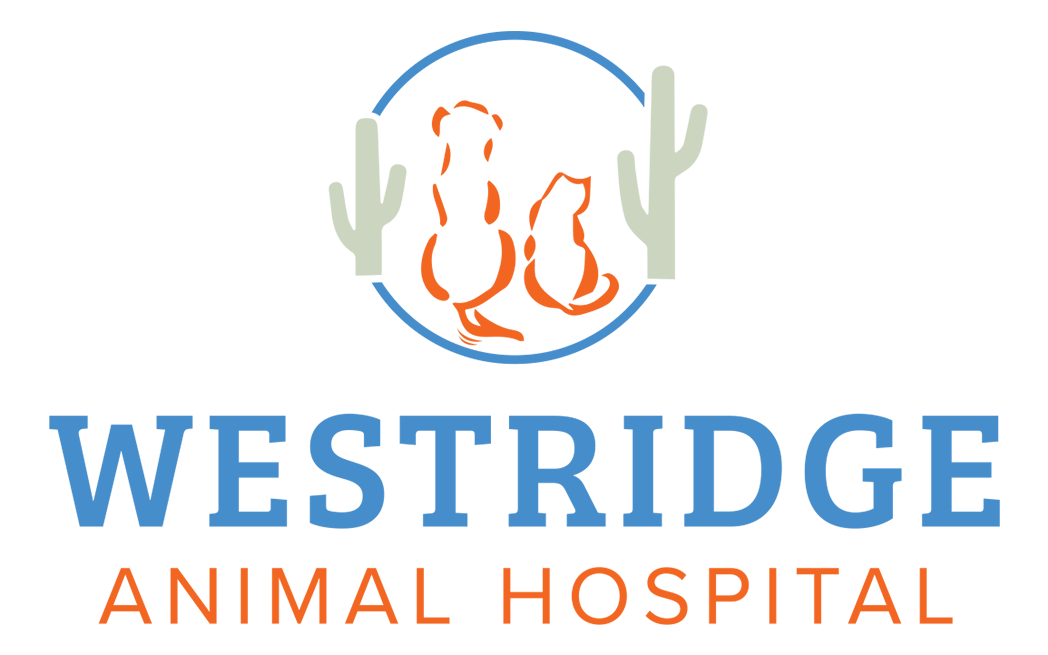Frequently Asked Questions
There is no question too big or too small for our veterinary team. Below are some answers to our most common questions.
We Proudly Serve Pets in Phoenix, AZ, and Beyond
Do I need to have an appointment?
Yes, patients are seen by appointment only. Please schedule your visit by contacting us at (623) 846-5635.
What forms of payment do you accept?
We accept cash, Mastercard, Visa, Discover, American Express, and CareCredit.
What is your payment policy?
Payment is required at the time of service.
At what age can I have my pet spayed or neutered?
Spaying or neutering can be done at approximately 6 months of age. Your pet will be given an exam prior to surgery to help determine whether your pet is healthy enough to undergo the surgical procedure. Current vaccinations are required at the time of surgery. Also a pre-anesthetic blood screen is recommended prior to undergoing anesthesia and surgery.
What is the pre-anesthetic blood screening?
How long do the sutures stay in after my pet's surgery?
If your pet has had a procedure involving sutures, they should be removed 10-14 days postoperatively.
Is it a good idea to let my pet have at least one litter?
No, there is no advantage to letting your pet have one litter. However there are many advantages to having your pet spayed or neutered. These include decreased likelihood of mammary cancer later in life, decreased chance of cystic ovaries and uterine infection, decreased roaming behavior in males, decreased incidence of prostate disease in middle age, and prevention of spraying and marking behaviors. Additionally, spaying and neutering decreases the surplus of unwanted puppies and kittens.
